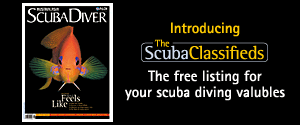- Home
- Directory
- Shop
- Underwater Cameras - Photographic Accessories
- Smartphone Housings
- Sea Scooters
- Hookah Dive Systems
- Underwater Metal Detectors
- Dive Gear
- Dive Accessories
- Diving DVD & Blu-Ray Discs
- Diving Books
- Underwater Drones
- Drones
- Subscriptions - Magazines
- Protective Cases
- Corrective Lenses
- Dive Wear
- Underwater Membership
- Assistive Technology - NDIS
- On Sale
- Underwater Gift Cards
- Underwater Art
- Power Stations
- Underwater Bargain Bin
- Brands
- 10bar
- AOI
- AquaTech
- AxisGo
- Backscatter Underwater Video and Photo
- BLU3
- Cayago
- Chasing
- Cinebags
- Digipower
- DJI
- Dyron
- Edge Smart Drive
- Eneloop
- Energizer
- Exotech Innovations
- Fantasea
- Fotocore
- Garmin
- Geneinno
- GoPro
- Hagul
- Hydro Sapiens
- Hydrotac
- Ikelite
- Indigo Industries
- Inon
- Insta360
- Intova
- Isotta Housings
- Jobe
- JOBY
- Kraken Sports
- LEFEET
- Mirage Dive
- Nautica Seascooters
- Nautilus Lifeline
- NautiSmart
- Nitecore
- Nokta Makro
- Oceanic
- Olympus
- OM System
- Orca Torch
- Paralenz
- PowerDive
- QYSEA
- Scubajet
- Scubalamp
- Sea & Sea
- SeaDoo Seascooter
- SeaLife
- Seavu
- Shark Shield
- Sherwood Scuba
- Spare Air
- StickTite
- Sublue
- Suunto
- SwellPro
- T-HOUSING
- Tusa
- U.N Photographics
- Venture Heat
- XTAR
- Yamaha Seascooter
- Youcan Robot
Time to chill at Bondi Beach
Contributed by Richard
Photography by Richard Vevers (Underwater Australia) and George Evatt
 Diving
in Sydney is like drinking beer, it can take a while to get used to but once
you get the taste for it, you're hooked for life. It can be cold, it can have
poor clarity, but you'll be hard pushed to find anywhere in the world with such
great diving a stones through from your office in the city.
Diving
in Sydney is like drinking beer, it can take a while to get used to but once
you get the taste for it, you're hooked for life. It can be cold, it can have
poor clarity, but you'll be hard pushed to find anywhere in the world with such
great diving a stones through from your office in the city.
Australia is renowned for its tropical diving: seeing Nemo on the Great Barrier Reef, schools of sharks in the Coral Sea, manta rays and the majestic whale shark on Ningaloo Reef., so it is not surprising that the diving in cooler waters goes largely unnoticed. Especially diving in a major city, which is rarely a priority for divers.Yet the temperate waters of Australia boast one of the most diverse marine ecosystems in the world - an amazing underwater world that few ever explore - Sydney is at its heart. There are over twice as many species in the harbour within sight of its famous Harbour Bridge than in the entire British Isles.
 The
secret behind Sydney's marine life is its proximity to the continental shelf,
bringing with it nutrient rich water and a vast array of visitors including
several tropical species caught up in the East Australian Current coming down
from the Great Barrier Reef.
The
secret behind Sydney's marine life is its proximity to the continental shelf,
bringing with it nutrient rich water and a vast array of visitors including
several tropical species caught up in the East Australian Current coming down
from the Great Barrier Reef.
Bondi Beach epitomises the diving in Sydney - visited by millions of people each year, it is arguably the world's most famous beach. A beautiful surfing beach, within 15 minutes of the City centre, it is home to the oldest surf lifesaving club in the world. However despite its high profile, only a handful of people ever check out what lies beneath the waves.
Bondi Beach has become world famous as a surfing beach because of it's accessibility, so why isn't its diving equally famous? It certainly has the marine life to justify it. A typical example is the Weedy Seadragon - one of the world's most amazing creatures. Growing up to 45cm, it is related to the seahorse, but as its name suggests, it looks like a dragon, complete with blue stripes and yellow spots. How can a dragon living on the world's most famous beach not be famous itself? The fact is, even the majority of locals don't know it exists. In virtually any other country, everyone would be aware of this beautiful creature, but Australia is so spoilt with incredible wildlife, so it gets ignored.
Despite their bizarre appearance, Weedy Seadragons (Phyllopteryx taeniolatus) are actually pretty difficult to spot. There are only about 20 at Bondi Beach and they blend in perfectly with the kelp - which seems completely ridiculous after you spot one and then consider how brightly coloured they are.
 Even
if you don't get to see the Weedy Seadragon on a dive at Bondi there's no shortage
of other bizarre life to look at. The giant cuttlefish is a favourite. Its ability
to change shape and colour in an instant is impressive on its smaller cousins,
but when you are faced with a group of cuttlefish all over a metre in length,
imitating their surroundings as the swell takes them from sand to rock, the
image is mesmerizing.
Even
if you don't get to see the Weedy Seadragon on a dive at Bondi there's no shortage
of other bizarre life to look at. The giant cuttlefish is a favourite. Its ability
to change shape and colour in an instant is impressive on its smaller cousins,
but when you are faced with a group of cuttlefish all over a metre in length,
imitating their surroundings as the swell takes them from sand to rock, the
image is mesmerizing.
The Wobbegong, a 3 metre carpet shark, aptly named for its ability to look and act like a kitch 1970 carpet is another local favourite. It lies on the bottom motionless until an unsuspecting diver swims too close and is shocked to suddenly see the seafloor bust into action.
Other marine life seen regularly at Bondi Beach include piles of a dozen or more Port Jackson sharks having their afternoon siesta (a shark that can't bite you but can give you a nasty sting from its horm), large bull rays, fiddler rays, octopus, schools of squid and the large sex-changing, bright blue groper that follows you around like a puppy. Then there are the balls of stripped catfish that you can swim through (if you dare - their poison never leaves your body if stung), the large schools of salmon tuna and kingfish that form a perfect barrel around divers, brightly coloured nudibranchs, big red stonefish... the list goes on. They all live a few hundred metres from the 35,000 oblivious topless sun-worshippers on this famous strip of sand.
 However,
Bondi is not even considered the best shore dive site in Sydney - there are
many other contenders: The more popular sites include Shelly Beach and Fairlight
in the northern beaches, Camp Cove and Gordon's Bay on the eastern harbour foreshores,
Bare Island - a small island on the northern foreshore of Botany Bay - and Shiprock,
in Port Hacking.
However,
Bondi is not even considered the best shore dive site in Sydney - there are
many other contenders: The more popular sites include Shelly Beach and Fairlight
in the northern beaches, Camp Cove and Gordon's Bay on the eastern harbour foreshores,
Bare Island - a small island on the northern foreshore of Botany Bay - and Shiprock,
in Port Hacking.
Manly, the other great surfing beach of Sydney, like Bondi is also typical of Sydney's amazing marine life. Ten metres off the crowded harbour beach, in 3 metres of water, lives a colony of 200 seahorses on the man-made shark nets. Tell anyone on the beach about them and they'll think you're crazy.
 Bare
Island is a personal favourite - one of the most scenic shore dives. It has
many of the same species as Bondi but with a few stunning additions including
the red indian fish that looks exactly like a red indian chief and the elusive
blue devil fish that never ceases to amaze divers. They live in a surreal landscape
consisting of bright orange and pink sponge.
Bare
Island is a personal favourite - one of the most scenic shore dives. It has
many of the same species as Bondi but with a few stunning additions including
the red indian fish that looks exactly like a red indian chief and the elusive
blue devil fish that never ceases to amaze divers. They live in a surreal landscape
consisting of bright orange and pink sponge.
Although the shore diving is excellent sometimes it is great to get on one
of the dive boats in Sydney and get out to some of the other dive sites. Almost
all of the 30 odd dive facilities either own, or have on permanent charter,
a dive boat - capable of carrying anywhere between six to twelve divers. Whales
and dolphins are regular  visitors
to Sydney and frequently appear alongside dive boats and even the occasional
giant sunfish makes a trip in close to shore.
visitors
to Sydney and frequently appear alongside dive boats and even the occasional
giant sunfish makes a trip in close to shore.
One of the most popular boat dive sites is Magic Point - a fabulous dive that starts off at a large amphitheatre with an overhang that goes back under the cliff. This is where the endangered Grey Nurse Sharks cruise by. There are only approximately 500 of these sharks left in Australia and you feel very privileged to be able to get up close and personal to these harmless rare large sharks.
 Sydney
is the oldest settled city in Australia and its coastline and waterways are
littered with wrecks of every description; some the result of maritime misfortune
and others that have been purposely scuttled. In Sydney Harbour alone there
are more than twenty-five known wrecks and offshore there are an even greater
number. Although many of these vessels lie in water depths only accessible to
technical divers, others are in shallower waters just metres from shore.
Sydney
is the oldest settled city in Australia and its coastline and waterways are
littered with wrecks of every description; some the result of maritime misfortune
and others that have been purposely scuttled. In Sydney Harbour alone there
are more than twenty-five known wrecks and offshore there are an even greater
number. Although many of these vessels lie in water depths only accessible to
technical divers, others are in shallower waters just metres from shore.
One of the most popular is the Coolooli - a large wreck scuttled off Long Reef. An old bucket dredge that now lies on her side on a sand bed in 48 metres. This dive has something for everyone and begins at 36 metres. The wrecks superstructure is intact and it is possible to penetrate various areas. For the more adventurous - you can swim through the funnel and come out through a hole in its side.
Diving in Sydney surprises virtually everyone. Once you get used to the colder
water (16 to 24 degrees) and the lower visibility than the tropical diving up
north, you'll find the experience unique. The sheer diversity of life in the
temperate waters means that there are always new things to discover - in fact,
despite being in a major city, even in the harbour there are new species waiting
to be discovered and named.
Conditions
Subject to the vagaries of the weather, diving conditions in Sydney can change on a daily basis - particularly after high seas or heavy rains when the wave action or storm-water run-off from the land may reduce the underwater visibility. Although seldom less than 8-metres, the very best visibility and sea conditions usually occur during the dry winter months (June - August) when the combined effects of the prevailing offshore winds and the “blue-water” currents produce visibility often exceeding 30-plus metres.
Water temperatures reach a high of about 24º C. in summer, (February/March) and drop to 16º C. towards the end of winter (August/September) when more thermal protection is required. For most people, however, a 5mm wet suit is adequate for use throughout the year.
Getting There
Most International carriers offer direct flights to Sydney's Kingsford Smith Airport, just 6 kilometres from the City centre. Depending on the time of day regular shuttle-bus services or metered-taxis will cover the distance in about 15-minutes.
Climate
Temperate, with four seasons. Driest month - August: Wettest - February. Mainly sunny throughout the year with cool, mild winters (June - August) and hot, humid summers, (December - February). Average temperatures range from between 9 - 15° C. in Winter, to 22 - 28° C. in Summer.
Shopfront
-
 Fotocore M15 PRO Photo/Video Light - 15,000 lumens
Fotocore M15 PRO Photo/Video Light - 15,000 lumens
- Price A$ 1,999.00
-
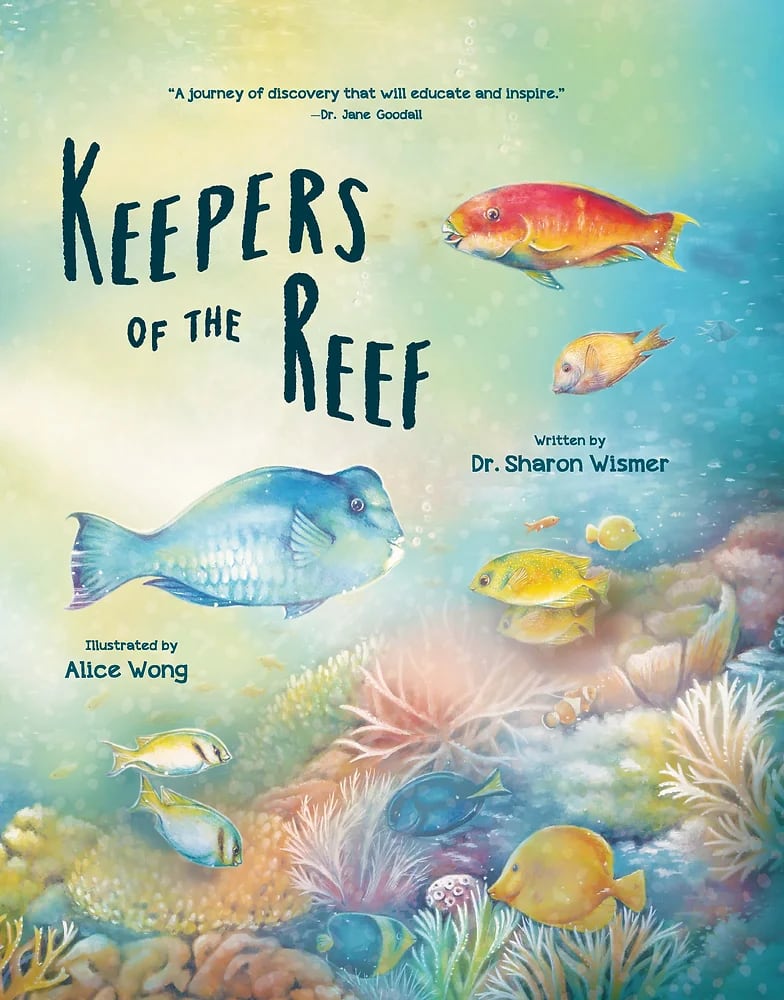 Keepers of the Reef
Keepers of the Reef
- Price A$ 31.95
-
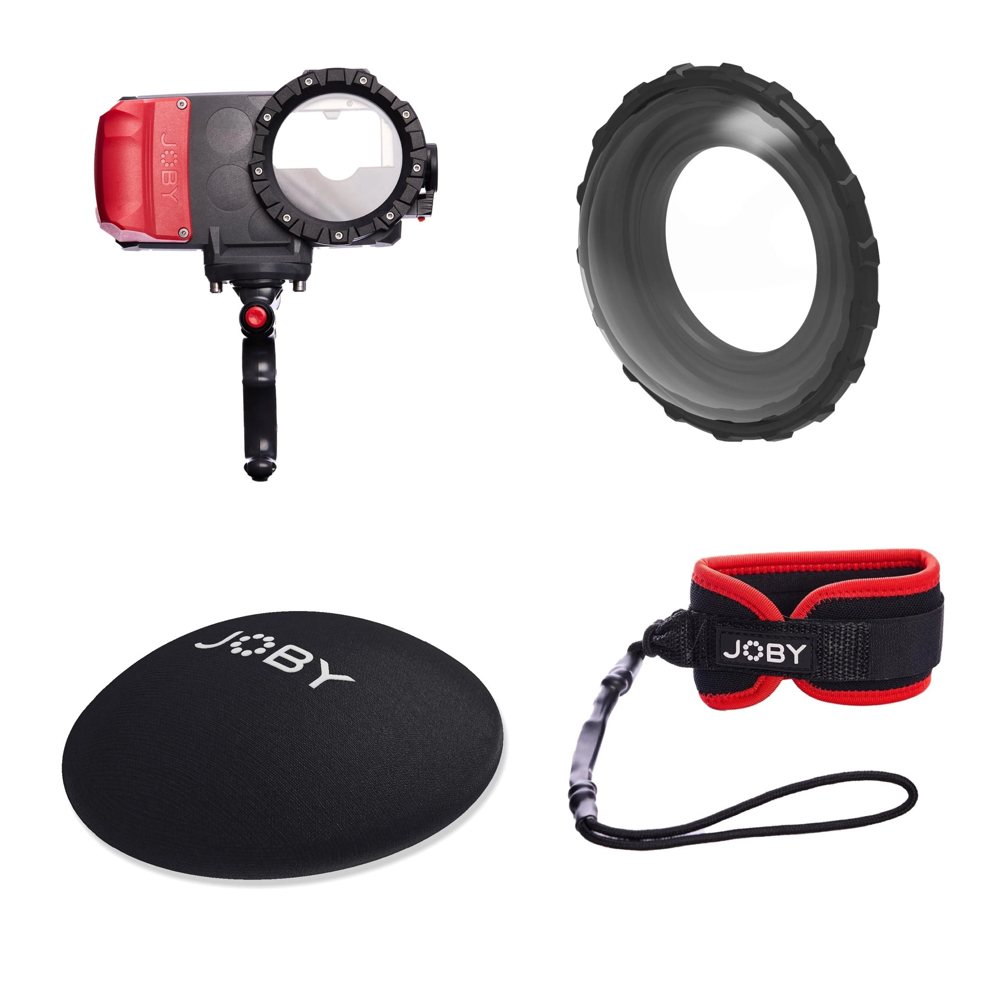 JOBY SeaPal - Over Under Kit
JOBY SeaPal - Over Under Kit
- Price A$ 764.95
-
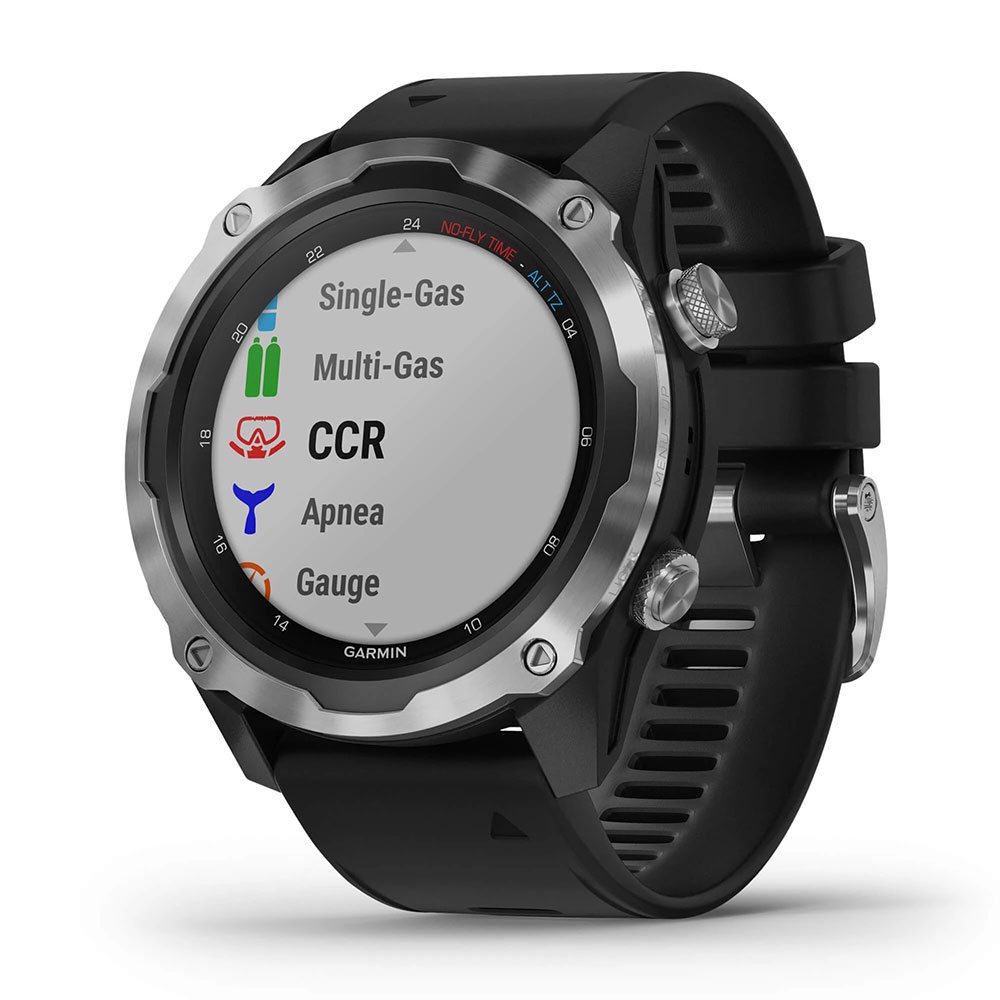 Garmin Descent Mk2 Watch Dive Computer - Stainless Steel - Black Band
Garmin Descent Mk2 Watch Dive Computer - Stainless Steel - Black Band
- Price A$ 2,039.00
-
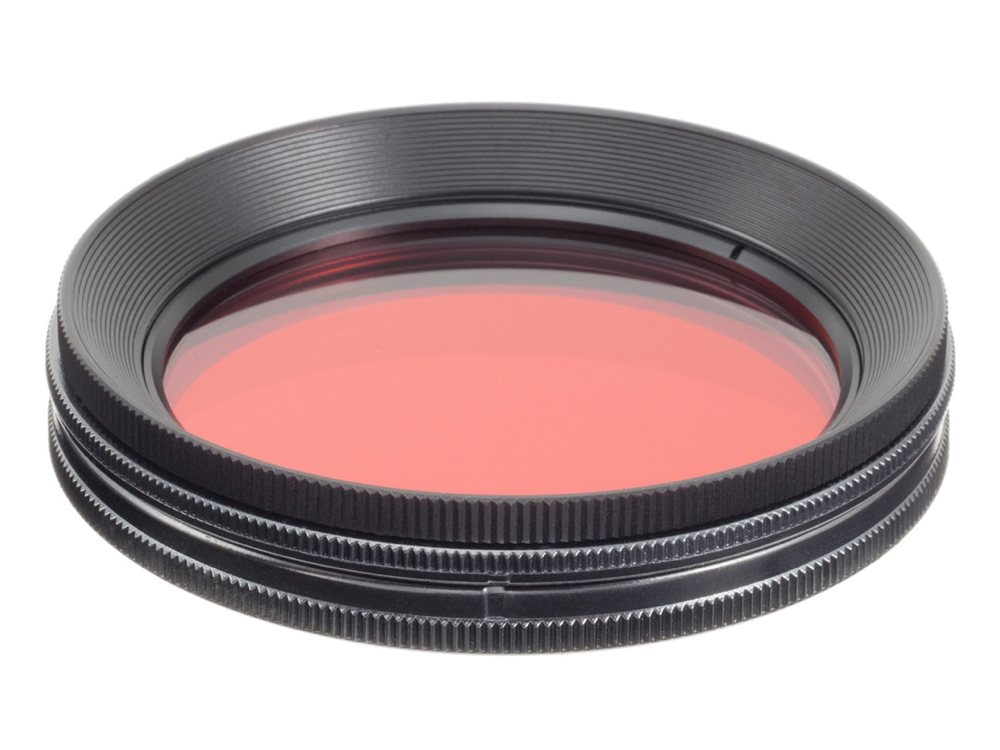 Inon UW Variable Red Filter M67
Inon UW Variable Red Filter M67
- Price A$ 239.95
-
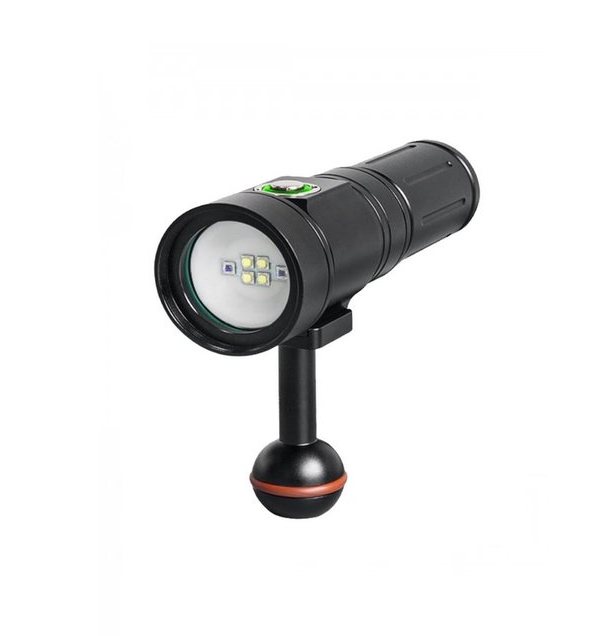 Scubalamp PV22 LED Video/Photo Light - 2000 lumens - UV option
Scubalamp PV22 LED Video/Photo Light - 2000 lumens - UV option
- Price A$ 179.00
-
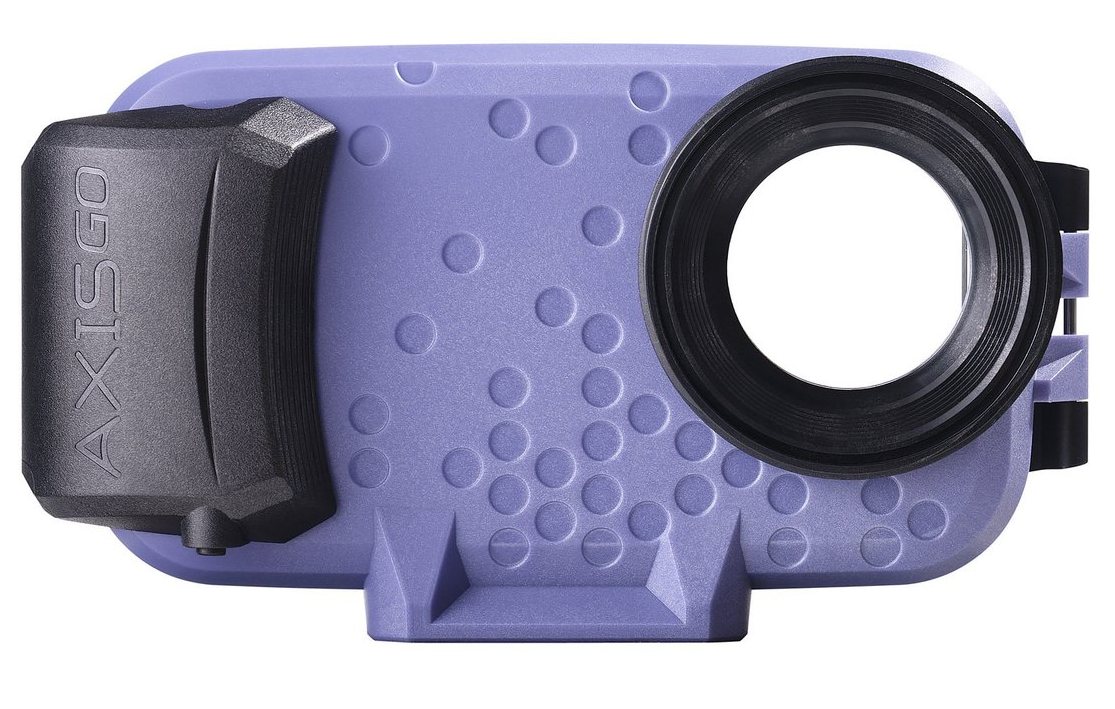 AxisGO Waterproof Case for iPhone 12
AxisGO Waterproof Case for iPhone 12
- Price A$ 169.00
In the Directory



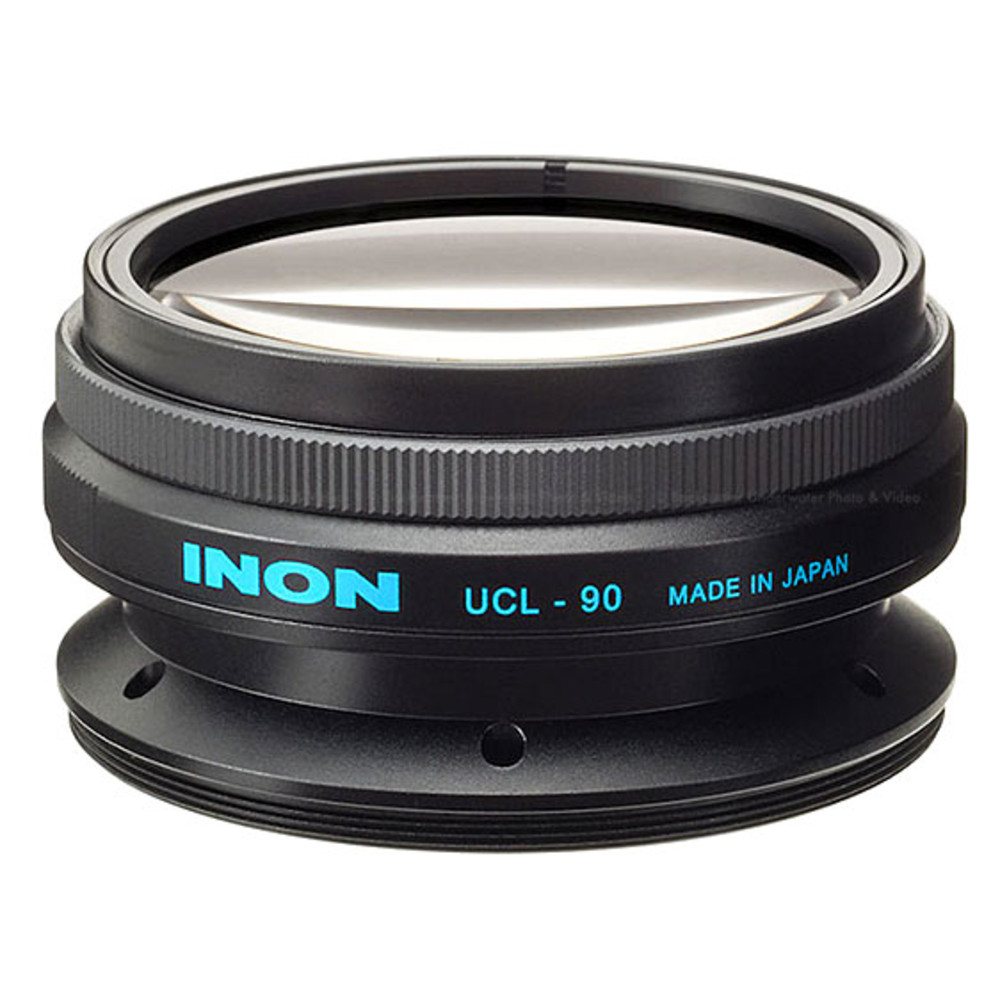



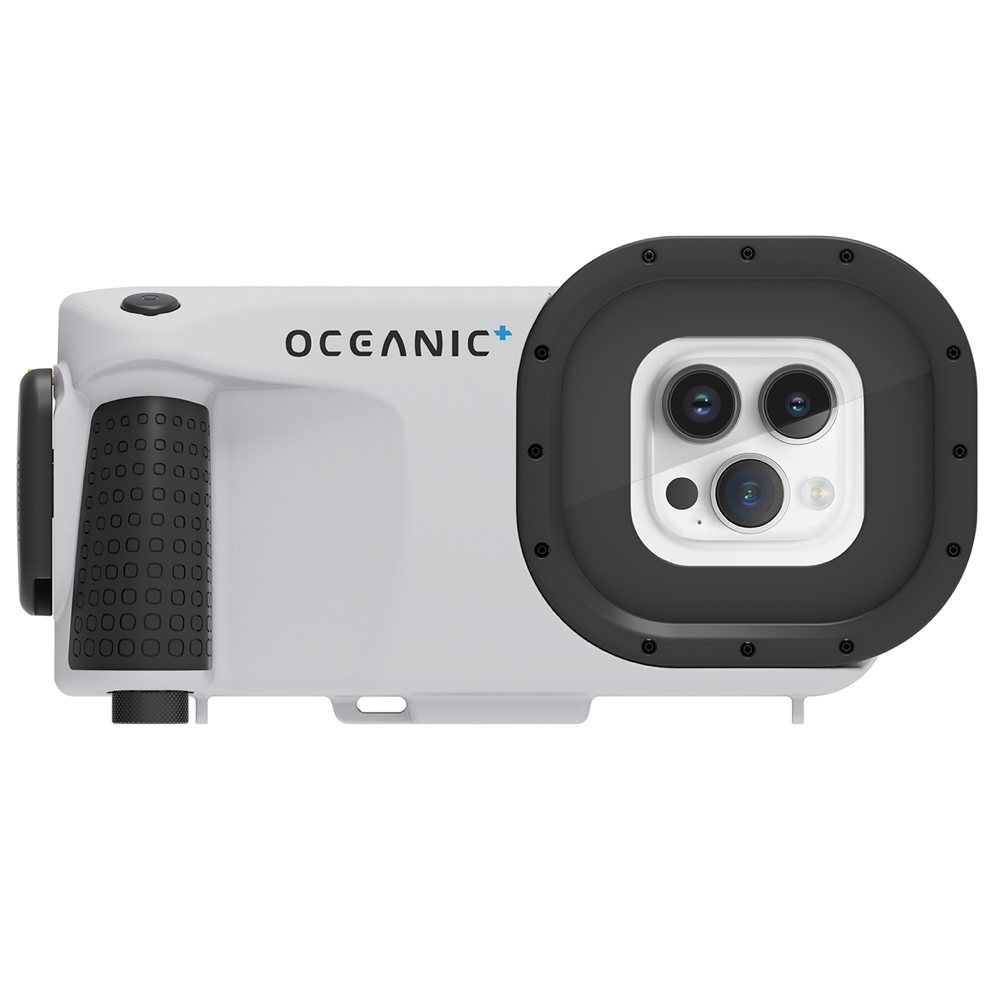

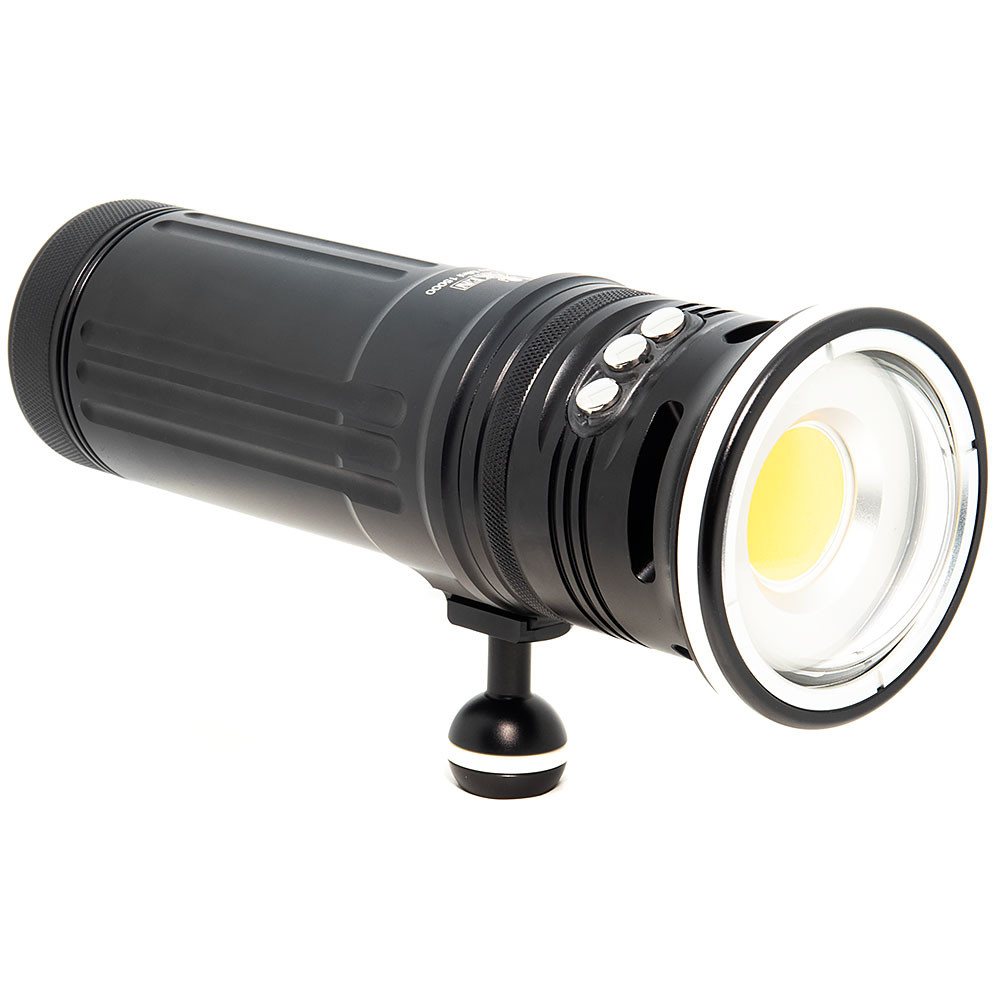



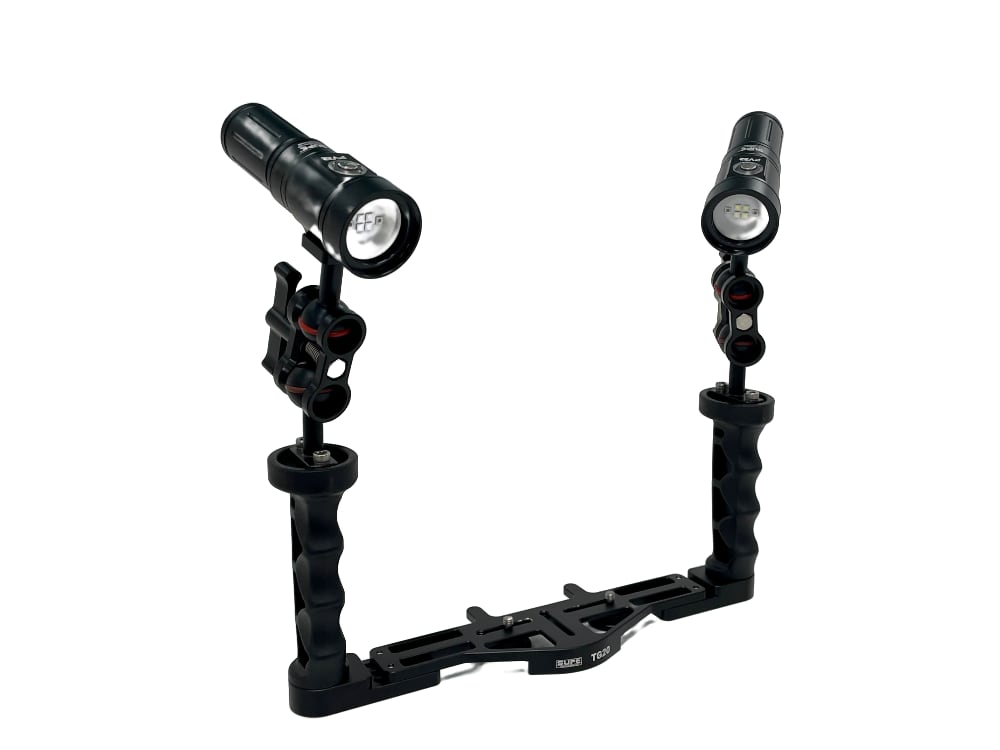 Video Light Package with tray and arms - 4000 lumens - Scubalamp PV22 x 2
Video Light Package with tray and arms - 4000 lumens - Scubalamp PV22 x 2 


